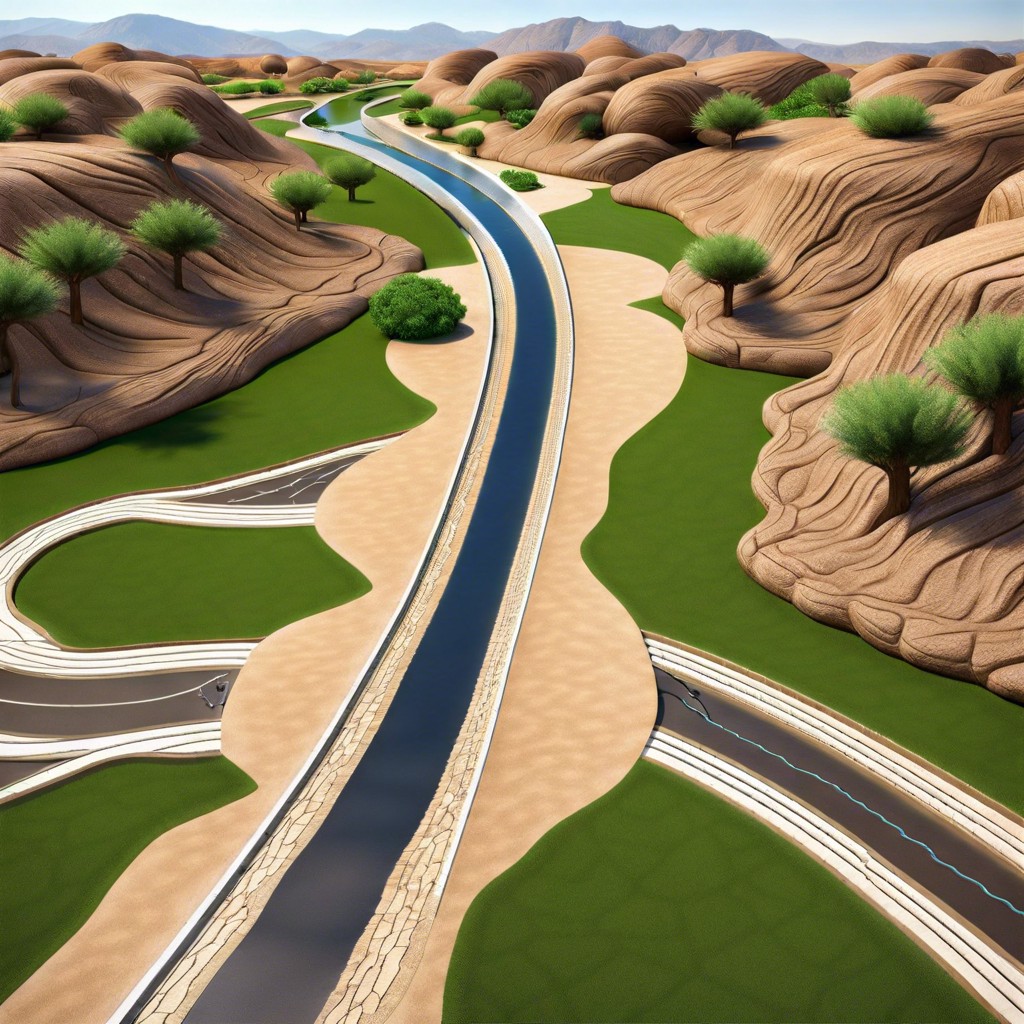Xeriscaping can be used to help reduce erosion on your property by using plants and materials that require minimal water and maintenance.
Plants with deep root systems, such as native grasses, can help anchor soil and reduce runoff. Rocks or mulch can also be used to slow down the flow of water over slopes. In addition, terracing or retaining walls may be necessary for steeper areas in order to prevent soil erosion.
Are you looking for an environmentally friendly way to prevent erosion on your property? Xeriscaping is a great solution that can help you keep soil and water in place while also reducing your water usage. In this blog, we’ll discuss how xeriscaping can be used to solve erosion issues and the steps you need to take to get started.
We’ll also provide some tips on how to make the most of your xeriscaping project.
Choose Plants That Are Native to the Area
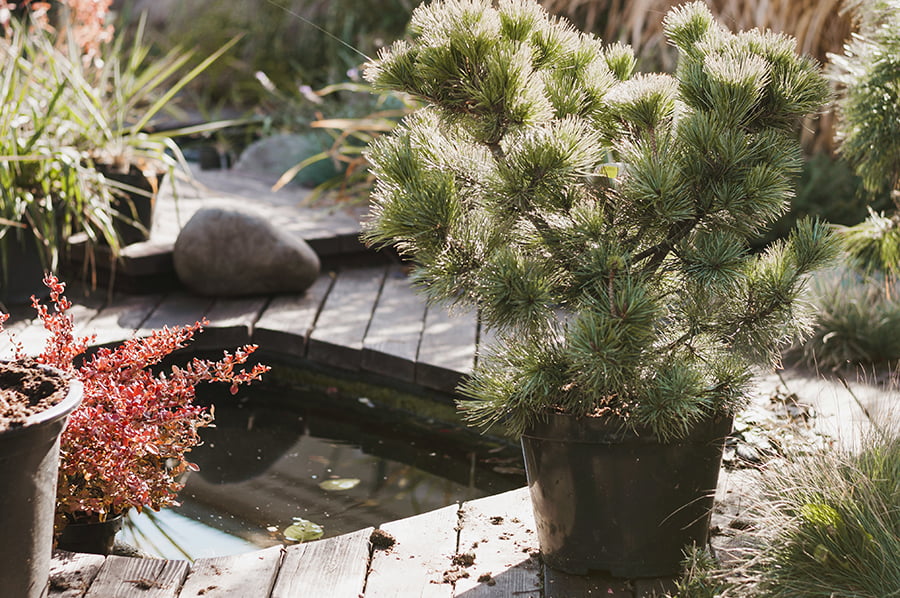
When selecting plants for xeriscaping, it is important to choose those that are native to the area. Native plants have adapted over time to the local climate and soil conditions, making them more likely to thrive in their environment with minimal maintenance.
They require less water than non-native species, which helps conserve resources while also reducing runoff and erosion on your property. By choosing native plants for your xeriscape design, you can help protect your land from further damage caused by runoff or erosion while also creating an attractive landscape that requires little effort on your part.
Create Terraces or Berms to Slow Water Runoff
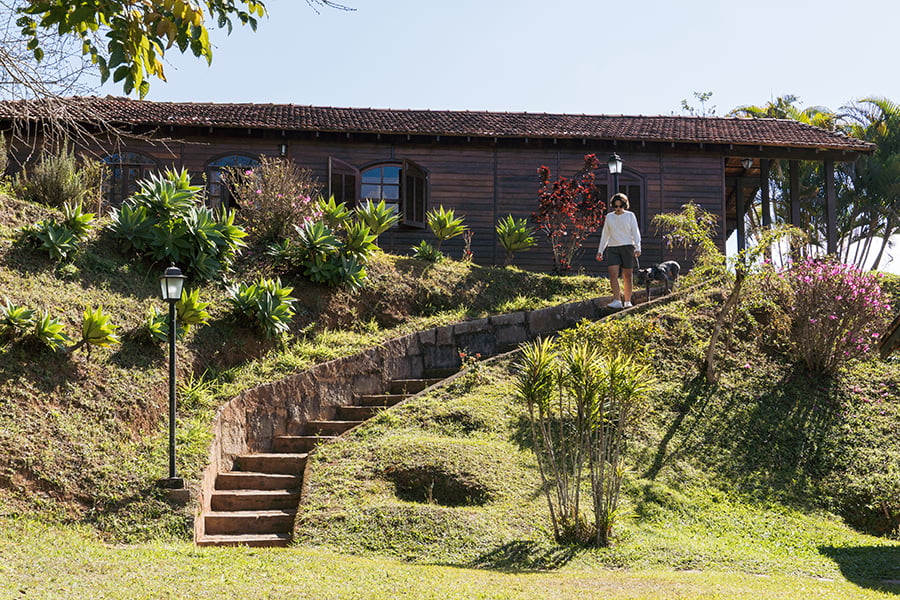
Terraces are flat areas of land that are built up in steps, like a staircase. They slow down the flow of water and help prevent soil from washing away.
Berms are mounds of earth that can be used to divert water away from vulnerable areas and direct it towards more stable ground. Both terraces and berms can be planted with drought-tolerant plants, which will help keep the soil in place while also providing aesthetic value to your landscape.
By using these techniques, you can reduce erosion on your property while still enjoying a beautiful outdoor space.
Use Mulch and Compost to Help Retain Moisture in the Soil
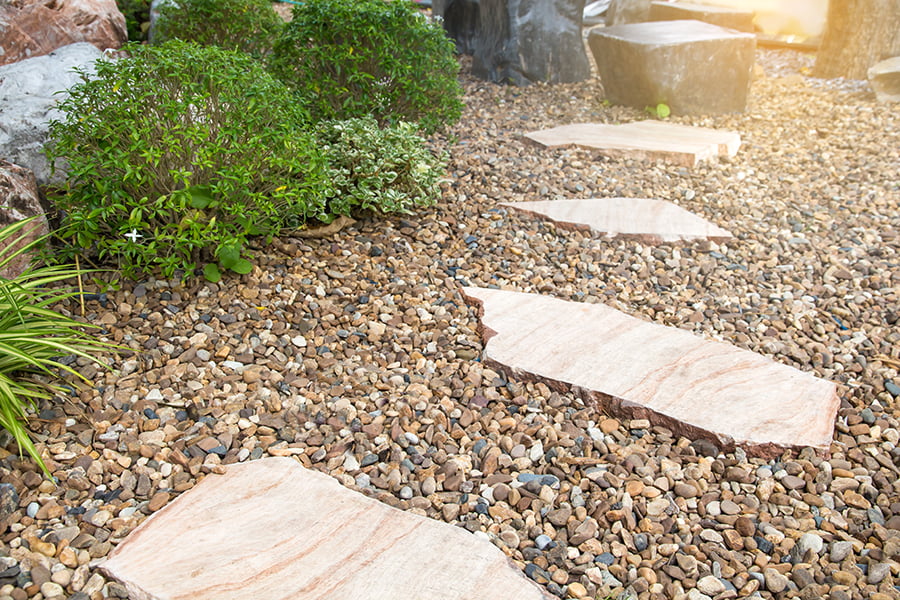
Mulch is a layer of material, such as wood chips or straw, that is spread over the soil surface. It helps to retain moisture in the soil by preventing evaporation and runoff.
Compost is organic matter that has been decomposed and broken down into smaller pieces. When added to the soil, it helps improve its structure and water-holding capacity, which reduces erosion caused by wind or rainwater runoff.
Both mulch and compost are effective tools for xeriscaping because they help keep moisture in the soil while also providing nutrients for plants.
Install Rain Barrels or Cisterns for Collecting Rainwater
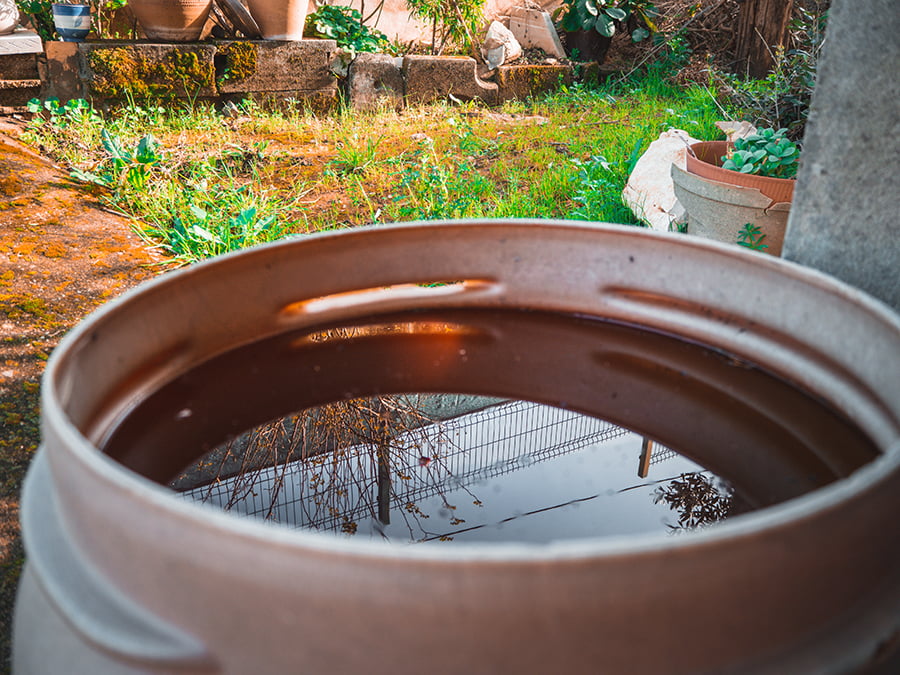
One way to use xeriscaping to solve erosion issues on your property is by installing rain barrels or cisterns. Rain barrels are containers that collect rainwater from rooftops, which can then be used for irrigation purposes.
Cisterns are larger tanks that store large amounts of water, usually underground, and can also be used for irrigation. Installing either of these systems helps conserve water while reducing runoff and soil erosion on your property.
The collected rainwater can also help keep plants healthy during dry periods when there is not enough natural rainfall.
Plant Trees and Shrubs With Deep Roots to Hold Soil in Place
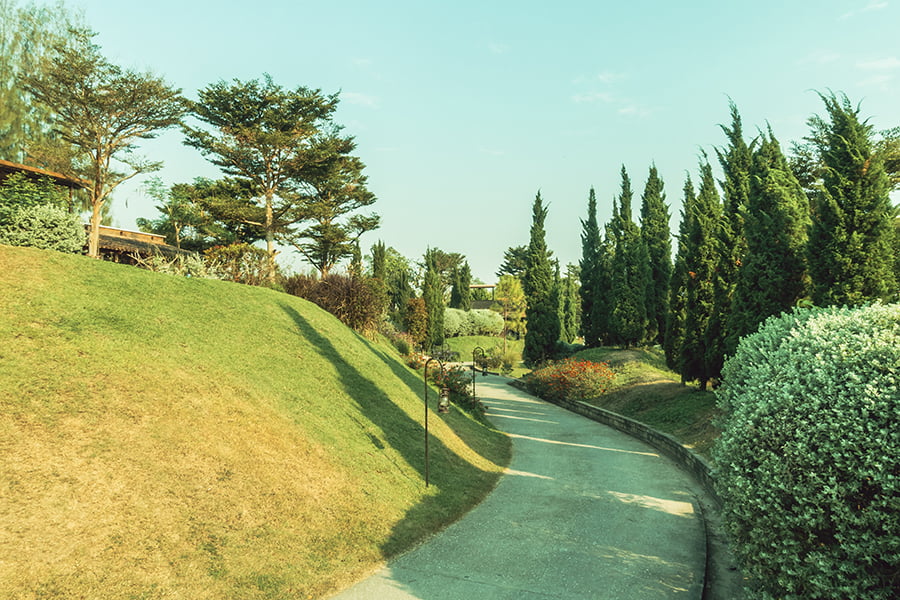
Planting trees and shrubs with deep roots can be an effective solution for this problem. The deep roots of these plants will anchor the soil in place, helping to keep it from washing away during heavy rains or strong winds.
The foliage of these plants will provide shade and protection from wind, further reducing the risk of erosion. By planting trees and shrubs with deep roots, you can help protect your property from erosion while also creating a beautiful landscape that requires minimal water and maintenance.
Build Swales or Other Drainage Systems to Direct Water Away From Vulnerable Areas of Your Property
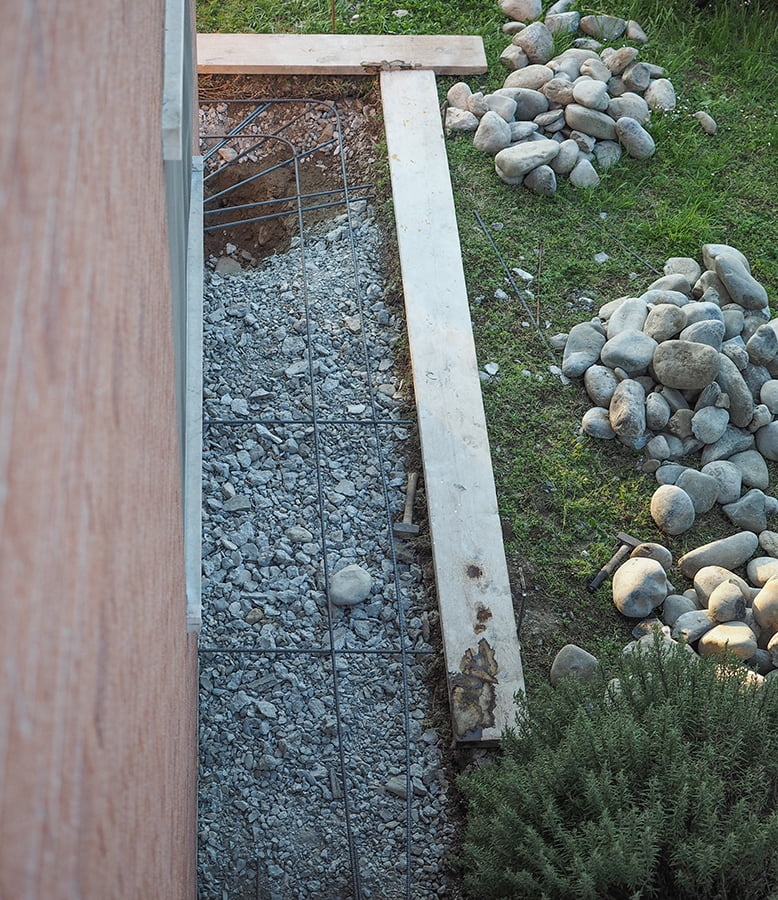
One way to use xeriscaping to solve erosion issues on your property is by building swales or other drainage systems. Swales are shallow, wide trenches that are dug into the ground and filled with gravel or soil.
They help direct water away from vulnerable areas of your property, such as slopes or low-lying areas where runoff can cause erosion. Other drainage systems, such as French drains, can also be used in combination with swales to further protect against erosion.
By using these techniques together, you can create an effective system for managing runoff and preventing soil loss due to erosion on your property.

